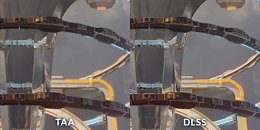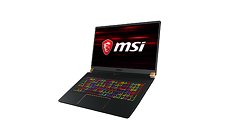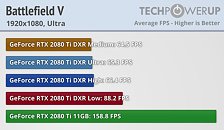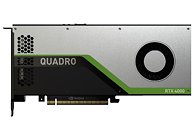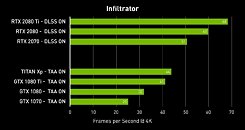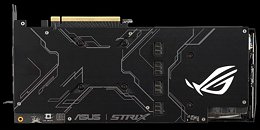
NVIDIA DLSS and its Surprising Resolution Limitations
TechPowerUp readers today were greeted to our PC port analysis of Metro Exodus, which also contained a dedicated section on NVIDIA RTX and DLSS technologies. The former brings in real-time ray tracing support to an already graphically-intensive game, and the latter attempts to assuage the performance hit via NVIDIA's new proprietary alternative to more-traditional anti-aliasing. There was definitely a bump in performance from DLSS when enabled, however we also noted some head-scratching limitations on when and how it can even be enabled, depending on the in-game resolution and RTX GPU employed. We then set about testing DLSS on Battlefield V, which was also available from today, and it was then that we noticed a trend.
Take Metro Exodus first, with the relevant notes in the first image below. DLSS can only be turned on for a specific combination of RTX GPUs ranging from the RTX 2060 to the RTX 2080 Ti, but NVIDIA appear to be limiting users to a class-based system. Users with the RTX 2060, for example, can't even use DLSS at 4K and, more egregiously, owners of the RTX 2080 and 2080 Ti can not enjoy RTX and DLSS simultaneously at the most popular in-game resolution of 1920x1080, which would be useful to reach high FPS rates on 144 Hz monitors. Battlefield V has a similar, and yet even more divided system wherein the gaming flagship RTX 2080 Ti can not be used with RTX and DLSS at even 1440p, as seen in the second image below. This brought us back to Final Fantasy XV's own DLSS implementation last year, which was all or nothing at 4K resolution only. What could have prompted NVIDIA to carry this out? We speculate further past the break.
Take Metro Exodus first, with the relevant notes in the first image below. DLSS can only be turned on for a specific combination of RTX GPUs ranging from the RTX 2060 to the RTX 2080 Ti, but NVIDIA appear to be limiting users to a class-based system. Users with the RTX 2060, for example, can't even use DLSS at 4K and, more egregiously, owners of the RTX 2080 and 2080 Ti can not enjoy RTX and DLSS simultaneously at the most popular in-game resolution of 1920x1080, which would be useful to reach high FPS rates on 144 Hz monitors. Battlefield V has a similar, and yet even more divided system wherein the gaming flagship RTX 2080 Ti can not be used with RTX and DLSS at even 1440p, as seen in the second image below. This brought us back to Final Fantasy XV's own DLSS implementation last year, which was all or nothing at 4K resolution only. What could have prompted NVIDIA to carry this out? We speculate further past the break.





